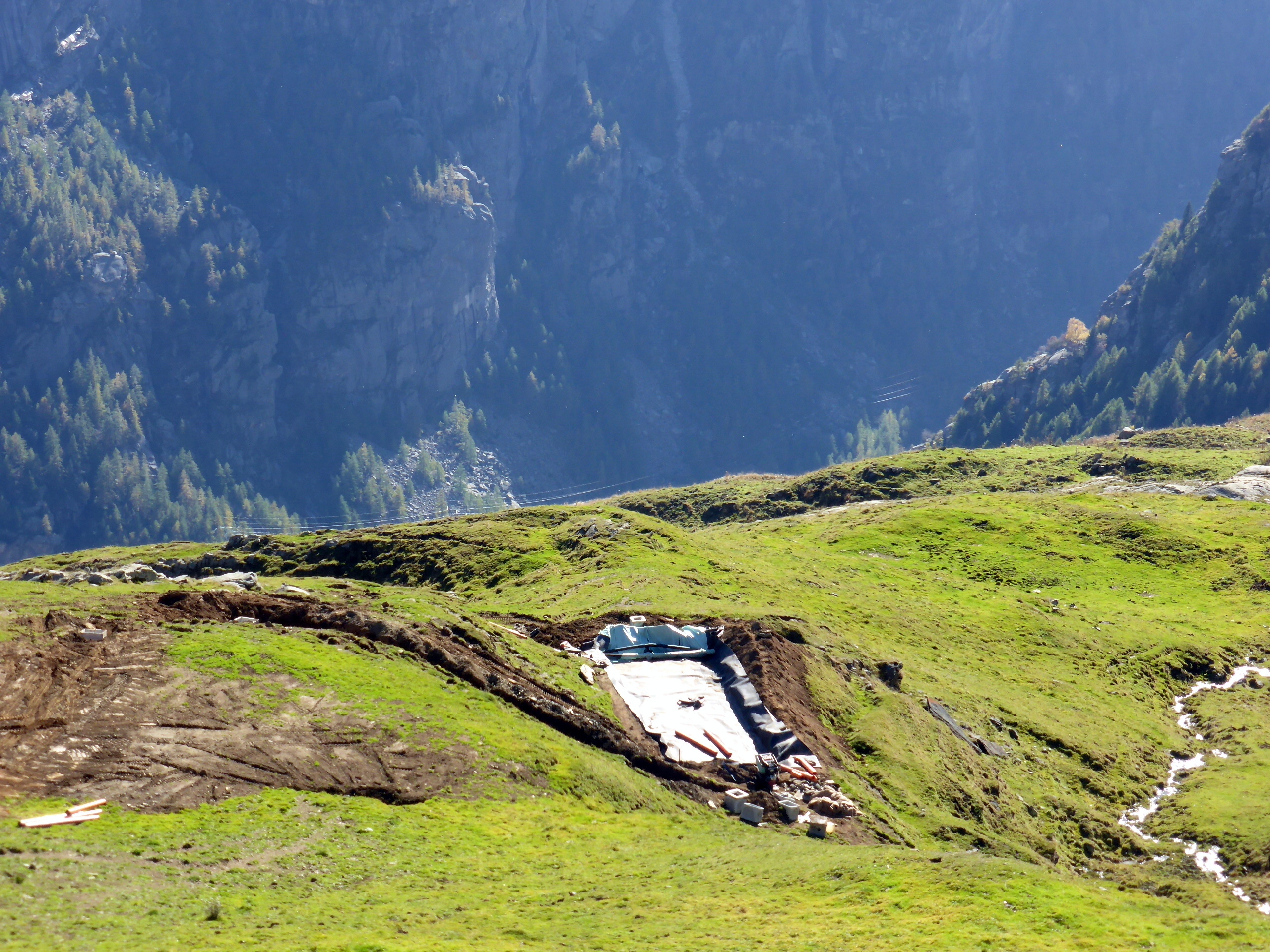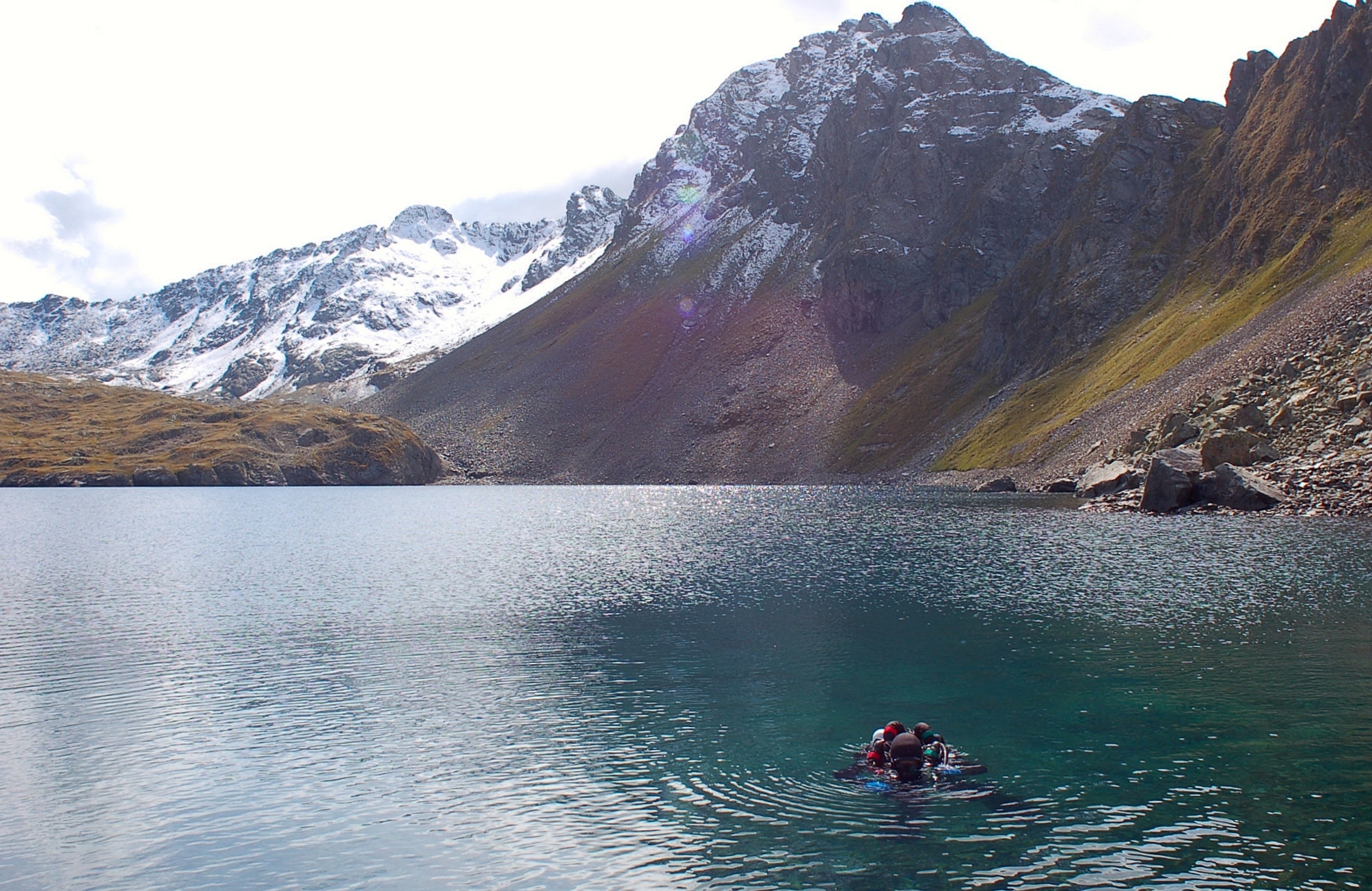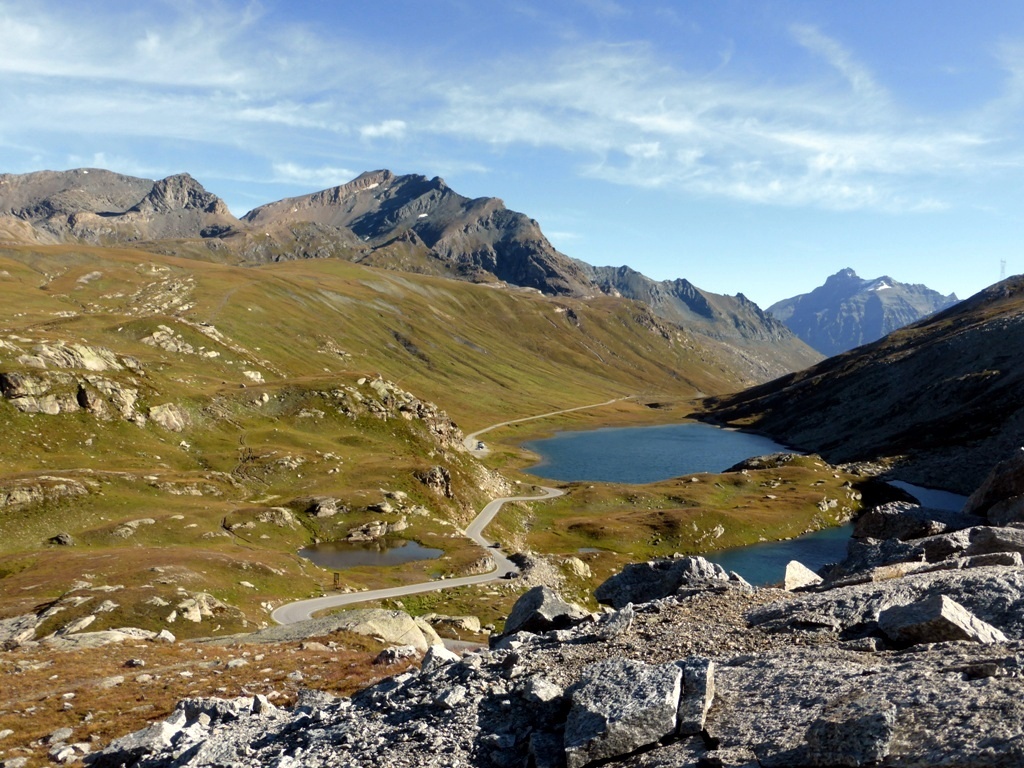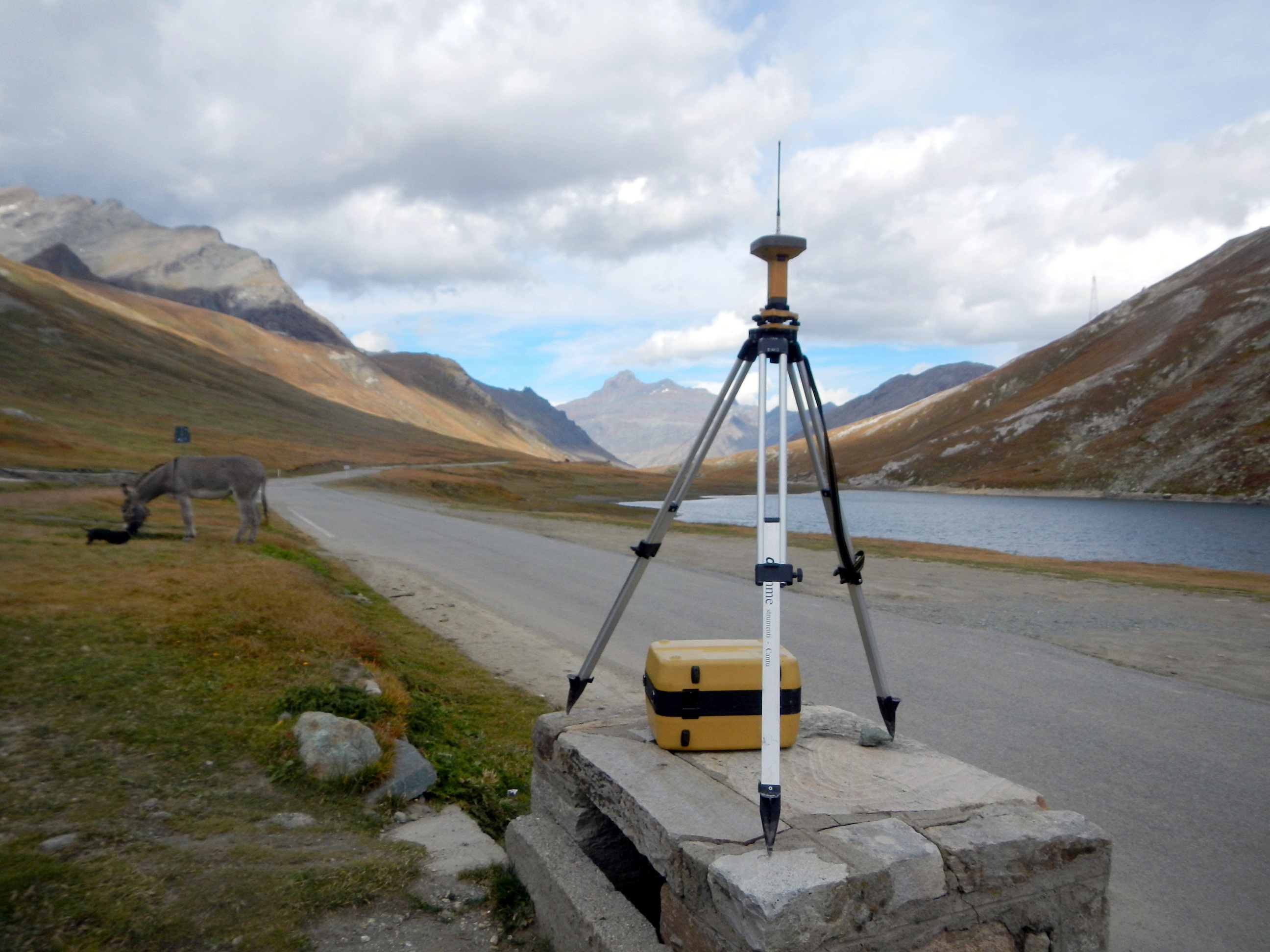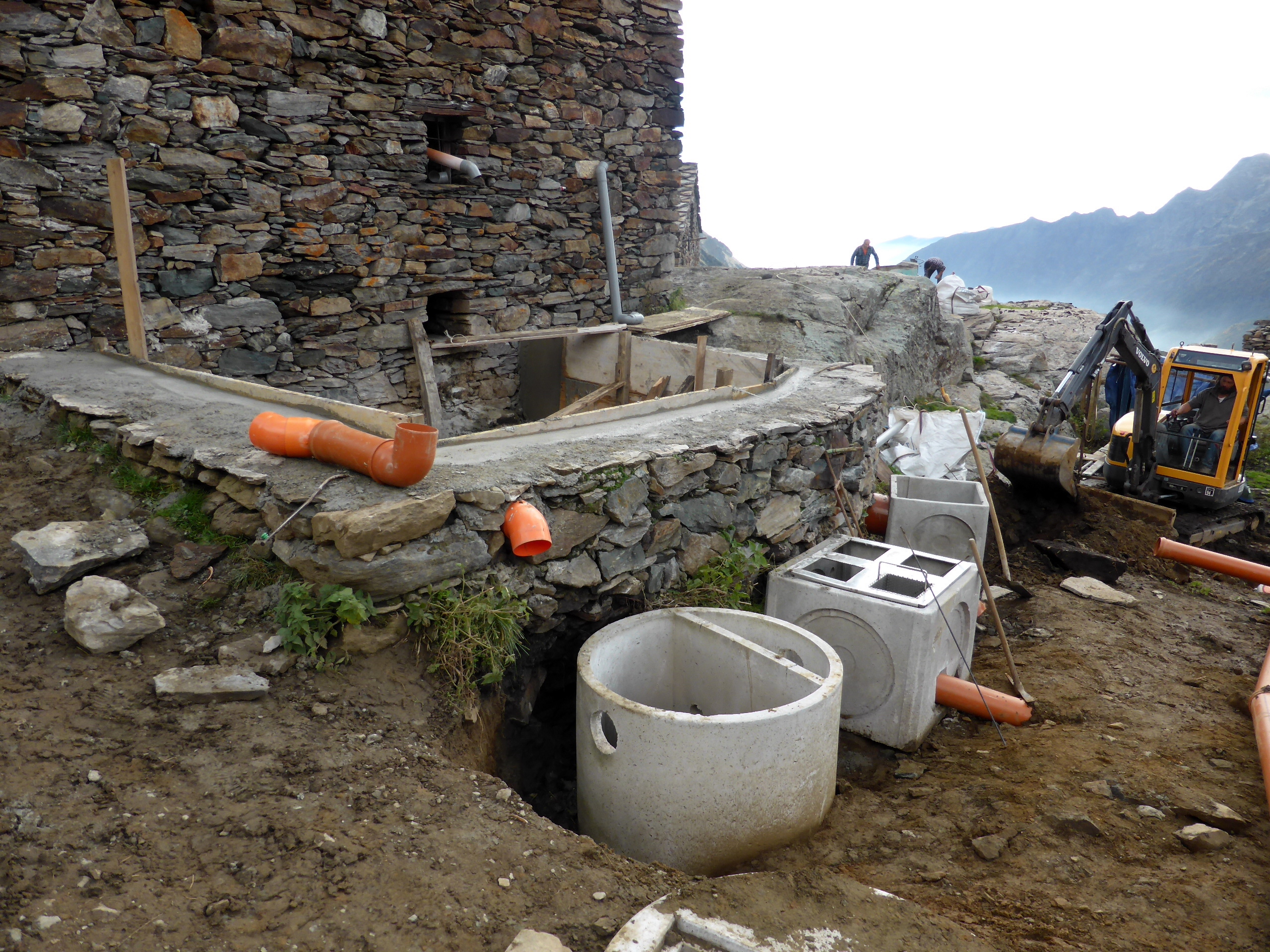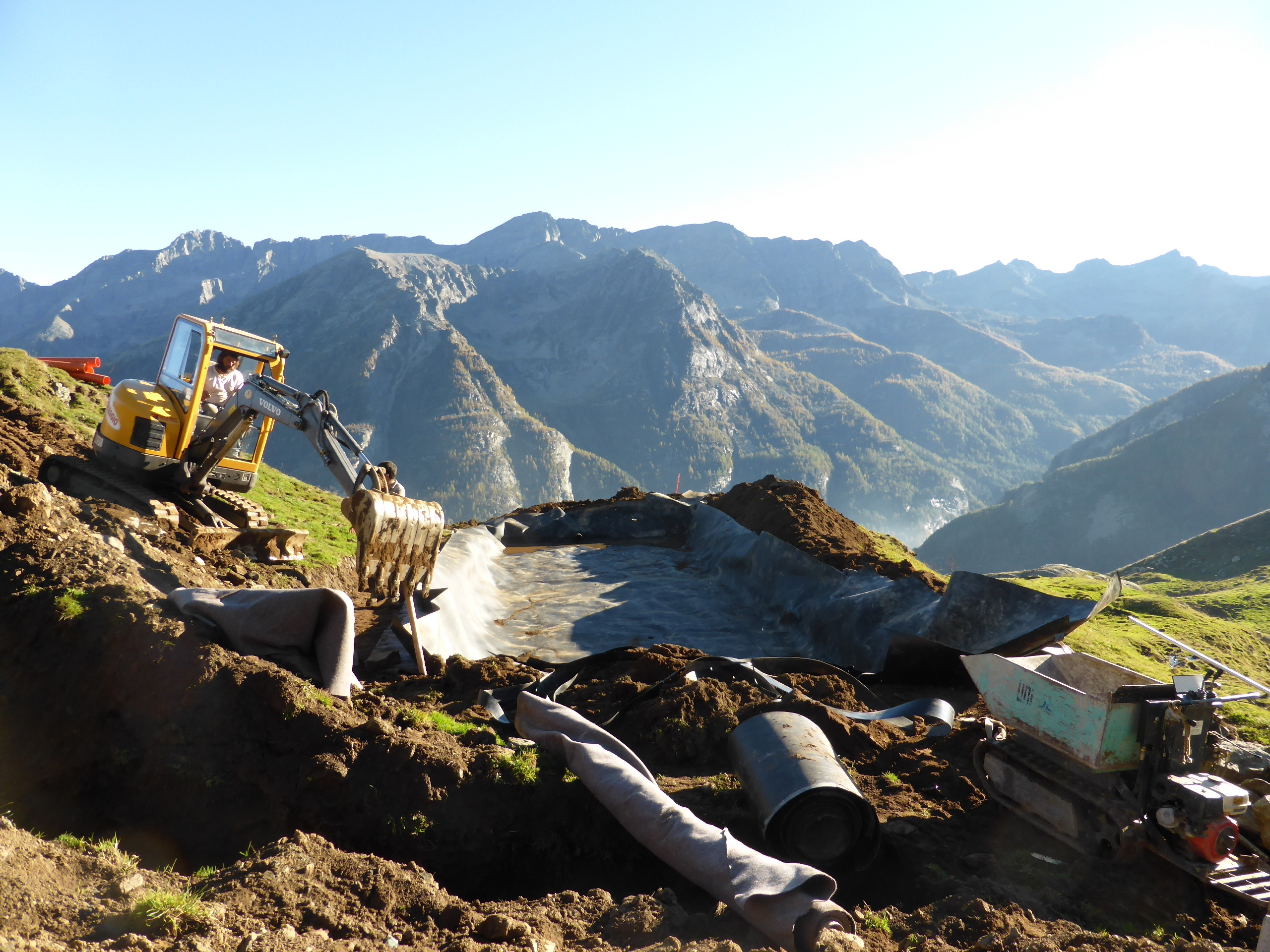High altitude environments are characteristic and full of charm. The climatic and geographical conditions to which they are subjected allowed their evolution and the establishing of characteristic and peculiar environments. These environments are populated by organisms that stand out from the others for rarity, a strong environmental selectivity and a defined chorology. It’s this strong sensitivity to the surrounding environmental and climatic changes that makes them interesting for the purposes of monitoring the global effects of climate change, but it also makes them extremely vulnerable. Further proof of their vulnerability is that, despite being in remote places topography-wise, far from urbanized and industrialized territory of theplains, they are not exempt from the effects of anthropization. On the contrary, the human activities have threatened for a long time their survival with different kinds of direct and indirect impact. For instance, there is a growing interest in high altitude aquatic ecosystems for the production of hydroelectric energy, drinking water or artificial snow for ski resorts, not without environmental consequences. These consequences need to be controlled and reduced as much as possible with measures aiming at the conservation of ecosystems and natural resources in the long run.

